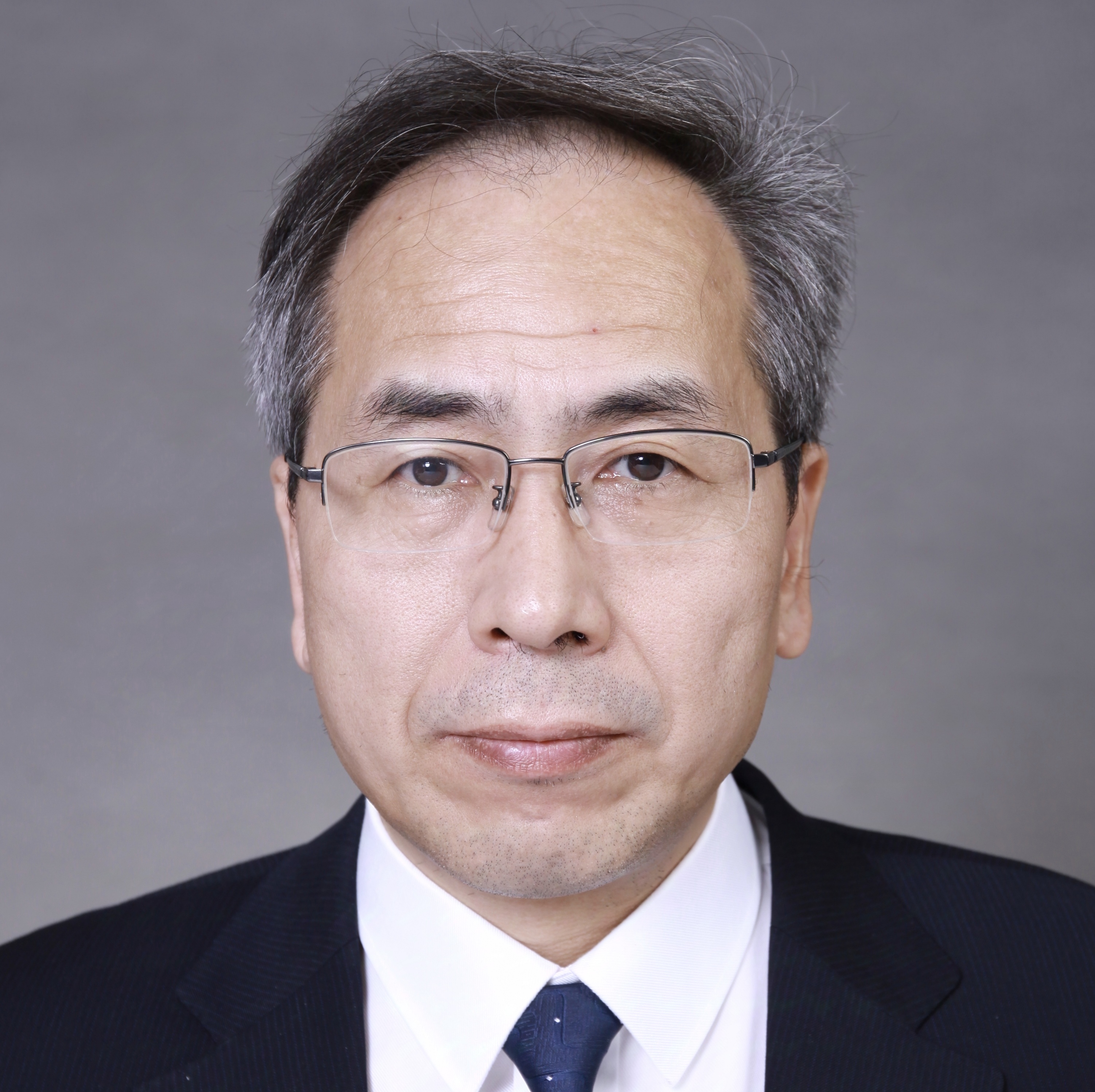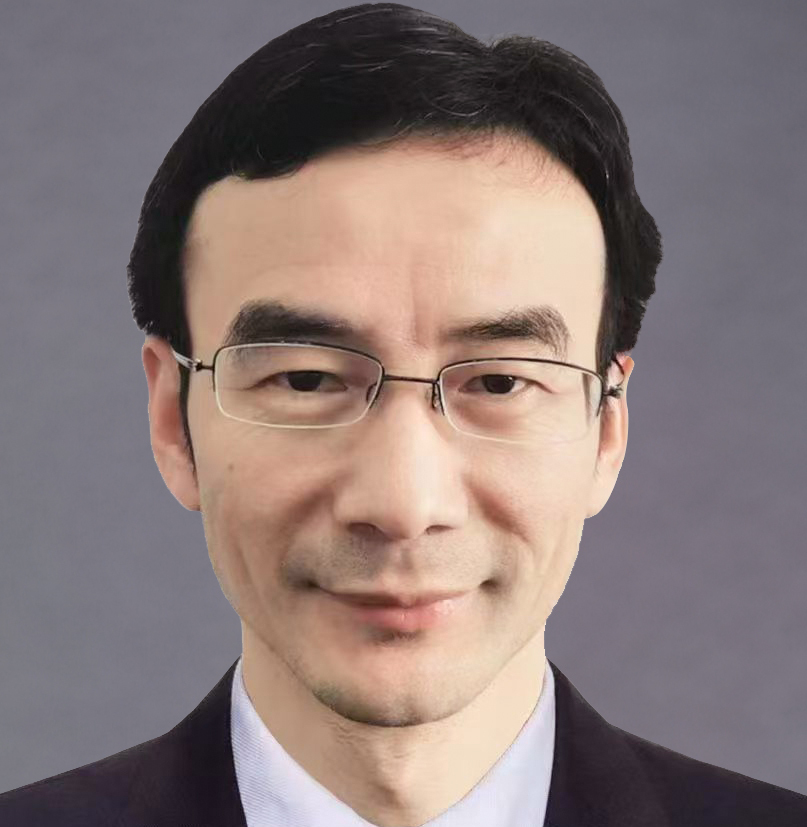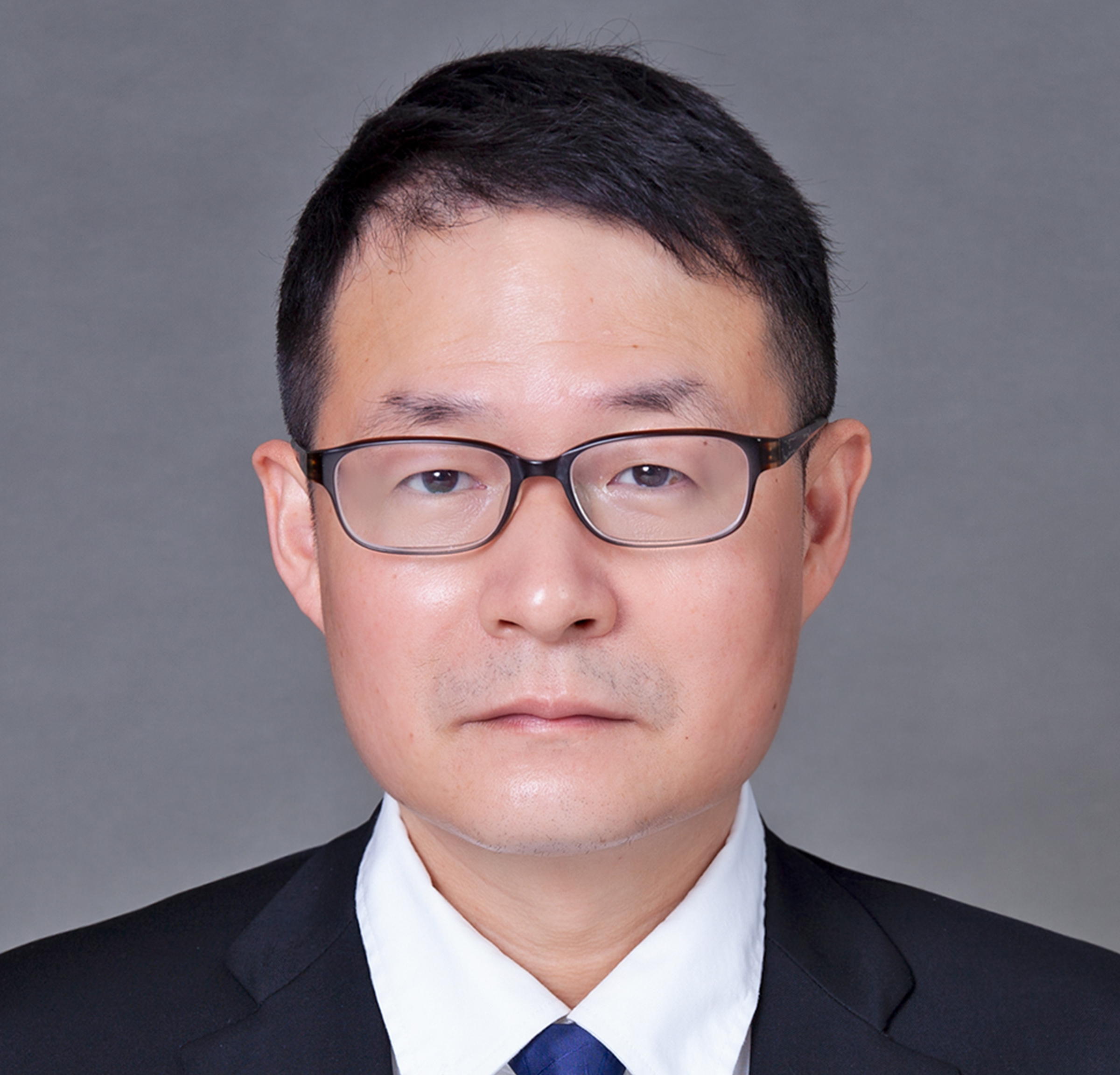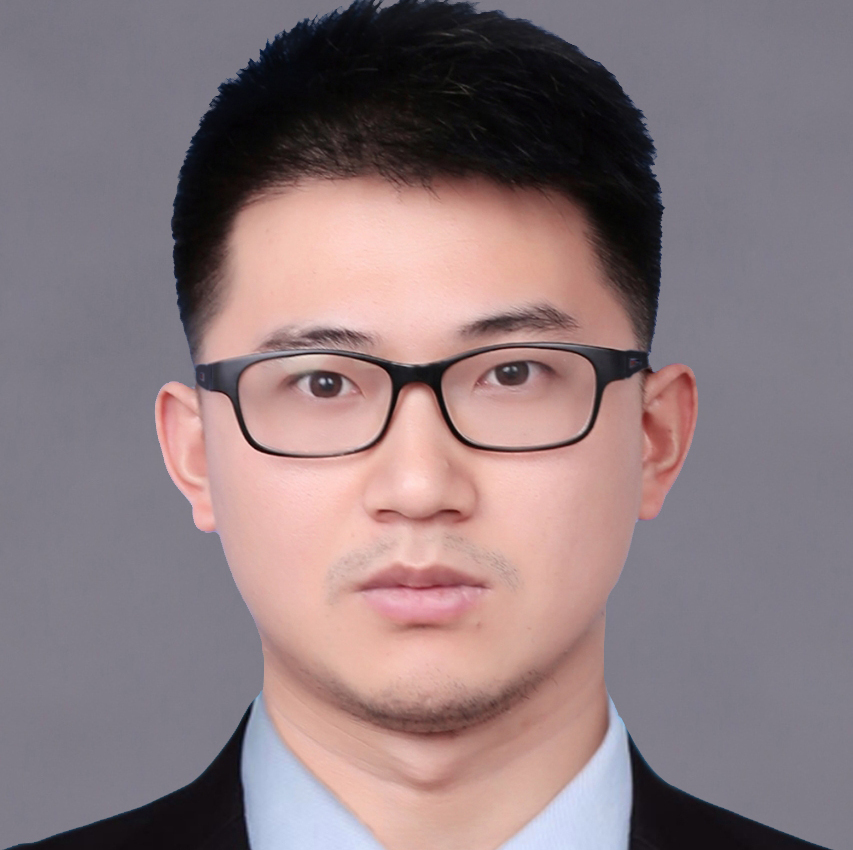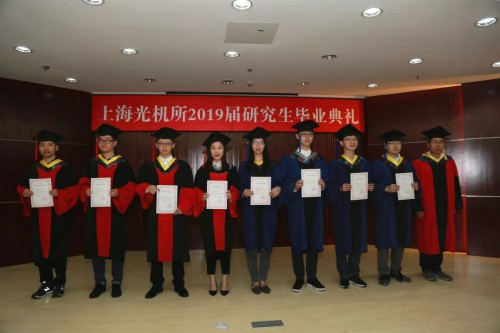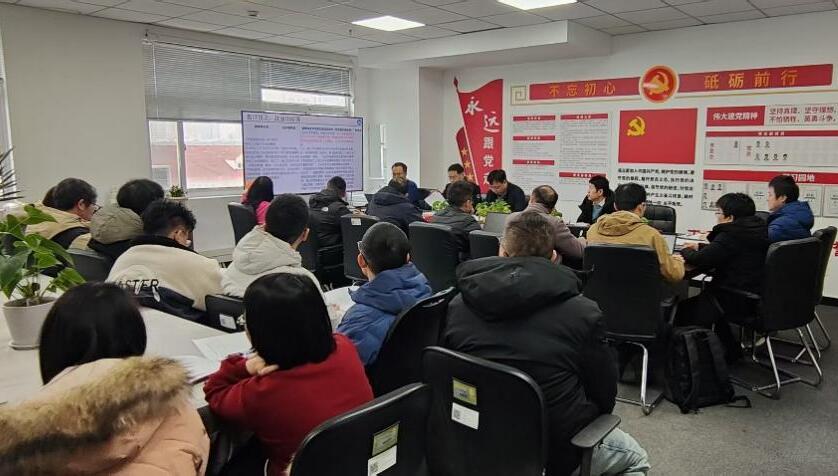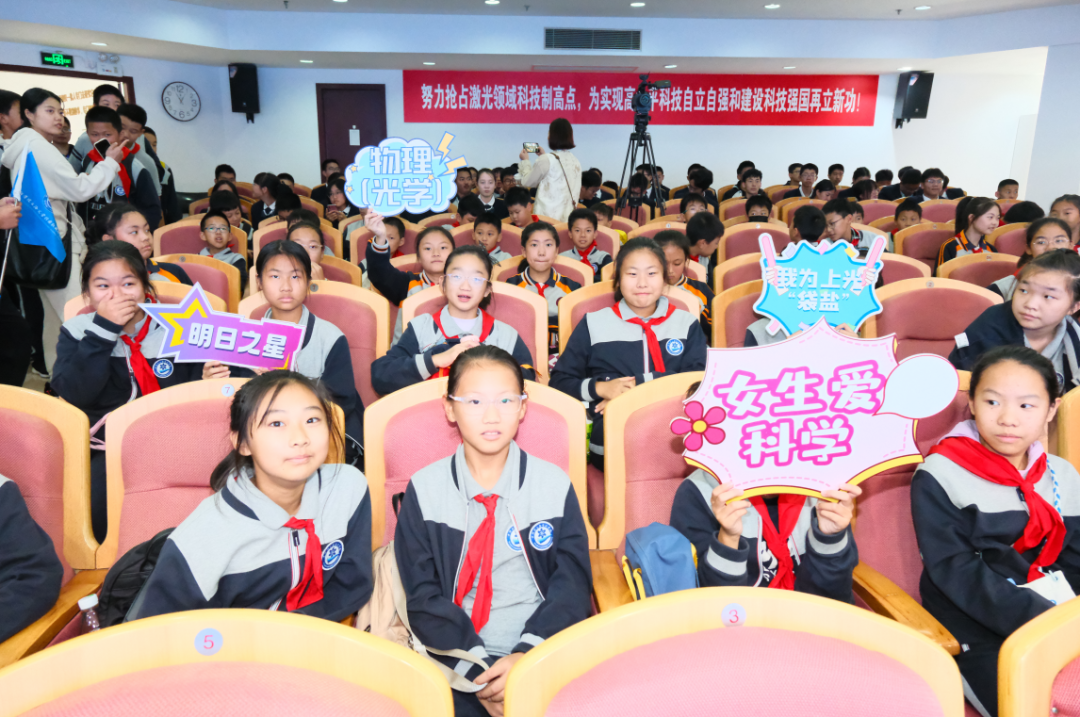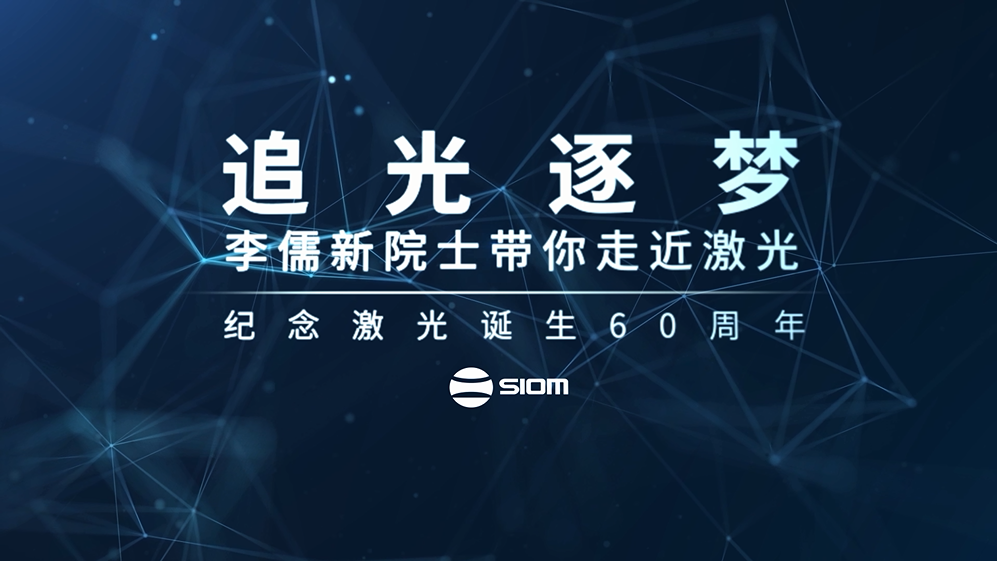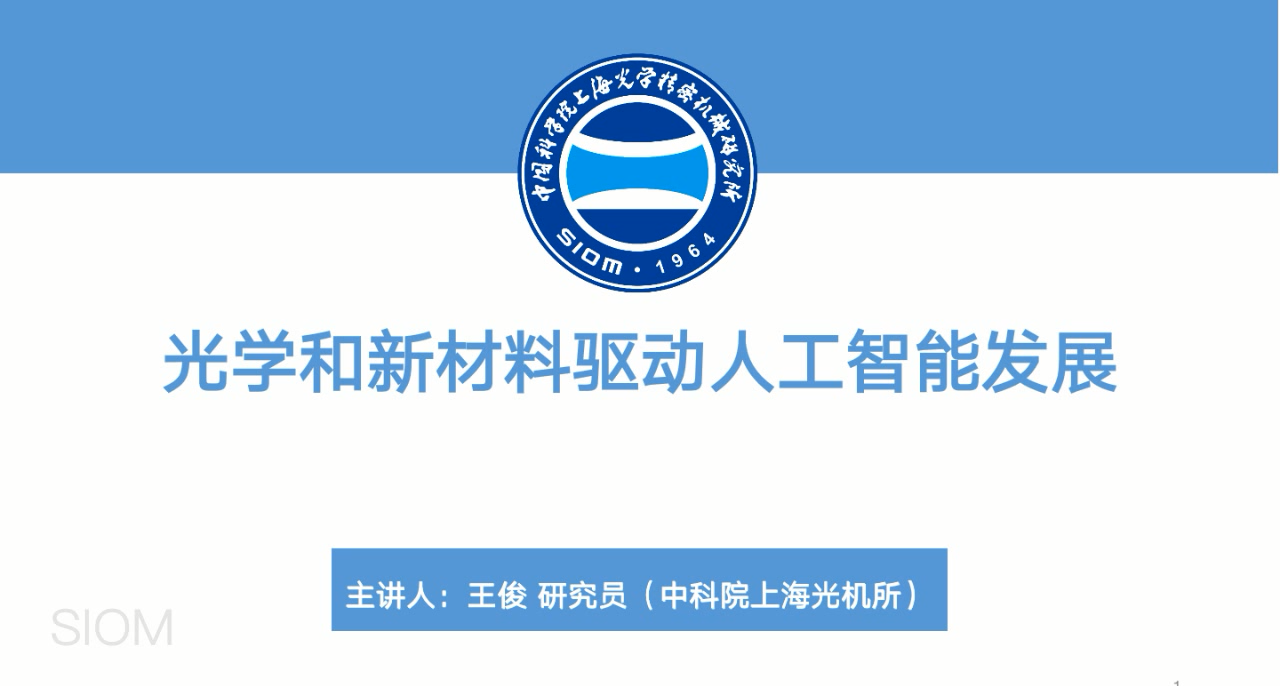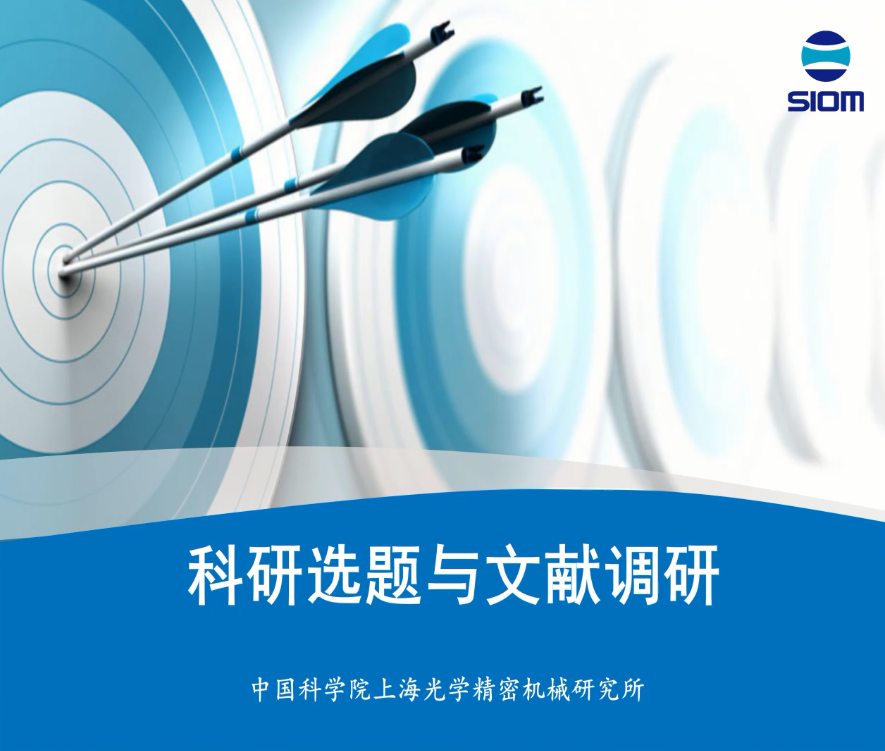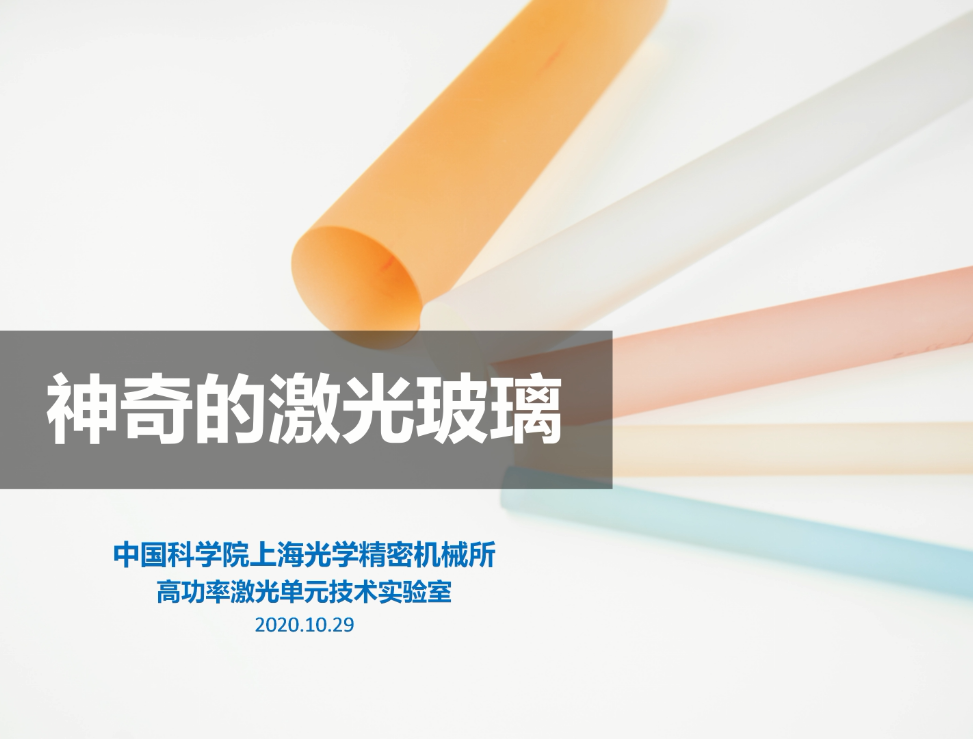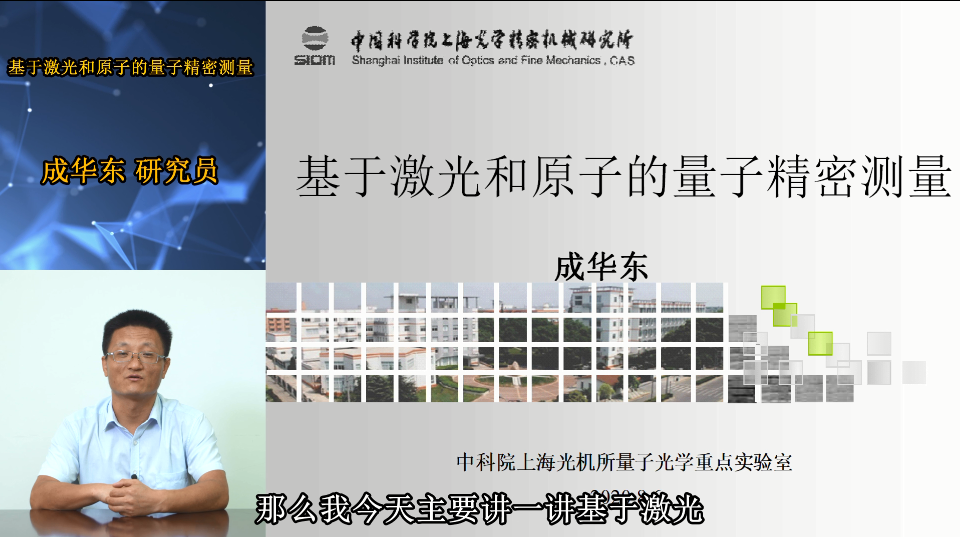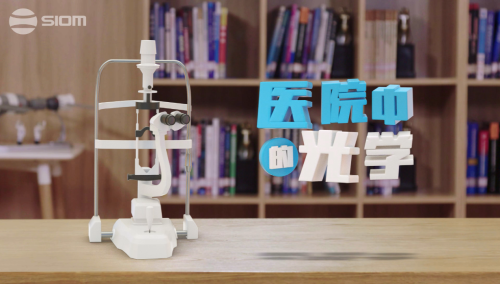题目:Self-assembled monolayers of electro- and photo-active small organic molecules
姓名:Prof. Lionel Patrone
单位:Aix-Marseille Université & Maison du Numérique et de l’Innovation, France
时间:2017年10月16日(周一) 上午9:30
地点:1号楼108会议室
Abstract: Molecular self-assembly [1,2] is one of the most promising strategy for giving surface specific properties with a nanoscale control. An important field of application of self-assembled monolayers (SAMs) [2] is the so-called “molecular electronics” within which self-assembly is a very powerful way to obtain the organization at large surface scale of molecules showing particular electro-optical properties.
After the principle of SAM preparation, the motivation of developing SAMs of small organic molecules will be illustrated by some examples of controlling the molecular structuration on silicon surfaces [3, 4]. How organization at the molecular scale acts on electro-optical properties of molecular chromophores will then be discussed through two examples: a structure-electrical properties relationship probed by STM [5] and the SAM of a novel push-pull thiophene-based chromophore [6,7]. For the latter, dense SAM formation of such non-charged chromophore is for the first time clearly demonstrated by spectroscopy (XPS, UV-vis, IR), ellipsometry, scanning probe microscopy (STM, AFM), and electrochemical measurements. Besides, good film quality is highlighted and local I-V characteristics measured by STM exhibit electrical rectification. Such I-V curves are correlated to UPS (filled states) and IPES (empty states) measurements and are consistent with the structure of the SAM-organized push-pull molecules standing upright at the surface [6]. This unique combination of properties makes such SAM a system of choice for the foreseen applications like in the field of PV energy conversion [8] and optical rectenna [9].
References
[1] G.M. Whitesides, B. Grzybowski, Science 295, 2418 (2002).
[2] A. Ulman, An introduction to ultrathin organic films (Academic Press: Boston, 1991)
[3] S. Desbief, L. Patrone, D. Goguenheim, D. Guérin, D. Vuillaume, Phys. Chem. Chem. Phys. 13, 2870 (2011); S. Desbief, L. Patrone, D. Goguenheim, D. Vuillaume, RSC Adv. 2, 3014, (2012); L. Patrone, V. Gadenne, S. Desbief, Langmuir 26(22), 17111 (2010)
[4] V. Gadenne, L. Porte, L. Patrone, RSC Adv. 4(110), 64506 (2014)
[5] X. Lefèvre, F. Moggia, O. Segut, Y.-P. Lin, Y. Ksari, G. Delafosse, K. Smaali, D. Guérin, V. Derycke, D. Vuillaume, S. Lenfant, L. Patrone, B. Jousselme, J. Phys. Chem. C 119(10), 5703 (2015)
[6] V. Malytskyi, J.−J. Simon, L. Patrone, J.−M. Raimundo, RSC Adv. 5, 26308 (2015)
[7] V. Malytskyi, V. Gadenne, Y. Ksari, L. Patrone, J.−M. Raimundo, Tetrahedron 73, 5738 (2017)
[8] V. Malytskyi, J.−J. Simon, L. Patrone, J.−M. Raimundo, RSC Adv. 5, 354 (2015).
[9] D. Duché, U. Palanchoke, L. Terracciano, F.−X. Dang, L. Patrone, J. Le Rouzo, T.S. Balaban, C. Alfonso, A. Charai, O. Margeat, J. Ackermann, C. Gourgon, J.−J. Simon, L. Escoubas, SPIE proc., ISSN:1996−756X, 9929: Nanostruct.Thin Films IX, 99290T (2016).
Biography: Prof. Lionel Patrone is research scientist (physicist) at CNRS (French National Center for Scientific Research) since 2003. He received his Habilitation à Diriger des Recherches from Aix-Marseille University in 2013. After an engineer degree from the “National School of Engineering in Physics of Marseille” (now “Centrale Marseille”) he obtained a Master degree and a PhD in Materials Science at the University of Aix-Marseille in 2000, on the subject of Si & Ge nanocluster preparation and electronic properties. In particular he demonstrated quantum confinement within size-selected nanoclusters (Patrone et al., J. Appl. Phys., 2000, 170 citations). Afterwards, he was appointed as lecturer-researcher at the Grenoble University of Joseph Fourier/CNRS and studied mechanical & tribological properties and manipulation of carbon nanotubes using atomic force microscopy. Then, he worked two years at CEA/Saclay (Paris area) in the field of molecular electronics studying self-assembled thiol monolayers on Au(111) and electron transport properties of conjugated molecules using scanning tunneling microscopy with particular interest in the role of the molecule-electrode coupling. As a key result he proved experimentally for the first time that changing S for Se as anchoring group of molecular wires on gold electrode enhances transport properties (Patrone et al., Phys. Rev. Lett. 2003). He joined IM2NP within ISEN-Toulon engineering school in 2002 where he developed a research activity in molecular electronics. Since then, he has been involved in various projects related to self-assembled molecular monolayers and their application in molecular and organic electronics, (supervision of 3 PhD theses and post-doctoral researchers, local scientific manager of various projects). Since 2011, he has been supervising two additional PhD theses on self-assembled monolayers (SAMs) for photovoltaics in collaboration with Queen’s University (Canada). He has been leader of a FFCR/FCRF project on SAMs for photovoltaics (2013-15) with the latter. He is also lecturer at ISEN-Toulon, and board member of the French Society of Physics (SFP). He is author or co-author of 44 scientific papers, ~130 conferences and communications. His research activity is mainly devoted to SAM structure-properties relationship, with particular expertise in scanning probe microscopy techniques. His current research interest is molecular electronics and optoelectronics based on self-assembled molecular nanostructures.
Selected publications:
- X. Lefèvre, F. Moggia, O. Segut, Y.-P. Lin, Y. Ksari, G. Delafosse, K. Smaali, D. Guérin,V. Derycke, D. Vuillaume, S. Lenfant,* L. Patrone,* B. Jousselme* : “Influence of molecular organization on the electrical characteristics of π-conjugated self-assembled monolayers”, J. Phys. Chem. C 119(10) 5703–5713 (2015) / DOI: 10.1021/jp512991d
- V. Malytskyi,J.−J. Simon, L. Patrone, J.−M. Raimundo: “Thiophene−based push−pull chromophores for small molecule organic solar cells (SMOSCs)”, RSC Adv. 5 (1), pp. 354 – 397 (2015) / DOI: 10.1039/C4RA11664J RSC Advances 5, 26308-26315 (2015) / DOI : 10.1039/C5RA02200B
- V. Gadenne, L. Porte, and L. Patrone : “Structure and growth mechanism of self−assembled monolayers of metal protoporphyrins and octacarboxylphthalocyanine on silicon dioxide”, RSC Adv. 4 (110), 64506-64513 (2014) / DOI: 10.1039/C4RA11285G
- D.A. Valyaev, S. Clair, L. Patrone, M. Abel, L. Porte, O. Chuzel, J.-L. Parrain ; “Grafting a Homogeneous Transition Metal Catalyst onto a Silicon AFM Probe: a Promising Strategy for Chemically Constructive Nanolithography”, Chem. Science 4 (7), 2815-2821 (2013) / DOI: 10.1039/C3SC50979F
- L. Patrone, V. Gadenne, S. Desbief: “Single and Binary Self-Assembled Monolayers of Phenyl- and Pentafluorophenyl-Based Silane Species, and Their Phase Separation with Octadecyltrichlorosilane”, Langmuir 26 (22), 17111–17118 (2010) / DOI: 10.1021/la102742e
- K. Moth-Poulsen, L. Patrone, N. Stuhr-Hansen, J.B. Christensen, J.P. Bourgoin, T. Bjornholm: “Probing the Effects of Conjugation Path on the Electronic Transmission through Single Molecules
Using Scanning Tunneling Microscopy”, Nano-Lett. 5 (4), 783 (2005) / DOI: 10.1021/nl050032q
- L. Patrone, S. Palacin, J. Charlier, F. Armand, J.P. Bourgoin, H. Tang, S. Gauthier: “Evidence of the key role of metal-molecule bonding in metal-molecule-metal transport experiments”
Phys. Rev. Lett. 91 (9), 096802 (2003) / DOI : 10.1103/PhysRevLett.91.096802
- L. Patrone, D. Nelson, V.I. Safarov, M. Sentis, W. Marine et S. Giorgio: “Photoluminescence of silicon nanoclusters with reduced size dispersion produced by laser ablation”, J. Appl. Phys. 87 (8), 3829-3837 (2000) / DOI: 10.1063/1.372421
综合办公室
2017年10月12日



